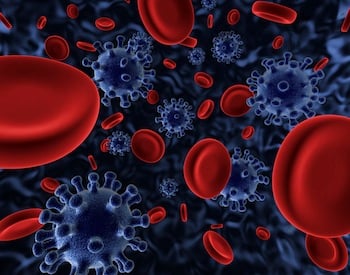What Exactly is Lactate Threshold, Anyway?

Most coaches and sport scientists recognize lactate threshold as one of the best predictors of endurance performance, far more relevant than heart rate. Yet a universal definition of exactly what constitutes the lactate threshold remains elusive; unfortunately, definitions vary depending on the source. Following are some examples.
1. Marathon Pal
Marathon Pal.com first points out that Lactate is a by-product of anaerobic metabolism produced at all exercise intensities, not just at higher intensities as is commonly believed. Even when a person makes a small movement, such as standing up from a seated position, lactate is produced. They go on to say that it is important for athletes to ensure a balance between lactate production and lactate absorption. Light to moderate exercise intensities do not present a problem, as the concentration of lactate in the blood is very low, which allows the body to absorb lactate faster than it is produced by the muscles.
On reaching high intensities, lactate removal becomes lower than lactate production; this point is known as the lactate threshold or anaerobic threshold and is considered to be the marker point of high-intensity exercise. It can be determined by the highest steady state exercising intensity an athlete can maintain for a prolonged period of up to 30 minutes.
Sport Fitness Advisor adds several more points to the definition. First, the site explains that researchers have now discovered that the lactate threshold is the point in which there is a shift from aerobic metabolism to anaerobic energy production.
Secondly, some other terms are used interchangeably to mean lactate threshold; for example, onset of blood lactate accumulation (OBLA) and maximal steady state. OBLA is actually slightly higher than lactate threshold, as this measure denotes a second increase in blood lactate accumulation, raising the lactate concentration in the blood to 4mmol/L. OBLA is sometimes preferred to lactate threshold, as it easier to define this point.
Maximal steady state, like OBLA, is possibly an even better indicator of performance. This is the point where the clearance of lactate is equal to its production.
3. About.com Running & Jogging
Once again, the lactate threshold is defined as the point where lactic acid levels build up due to the body's inability to process such quantities. The site adds that runners can delay this process through adequate training and therefore improve their endurance and speed. Tempo runs are recommended as the best way to improve lactate threshold but hill repeats are also beneficial.
At bicycling.com, the lactate threshold is defined as the "glass ceiling of cycling performance" and a slightly different definition is given: lactate neutralizes the acid buildup that causes the burning sensation experienced during hard exertion. The point where the muscles are generating more acid than can be neutralized is the lactate threshold. This can similarly be defined as the pace an athlete can maintain for 30 minutes without extreme burning pain.
5. Wikipedia
Alternative names for lactate threshold (LT) are lactate inflection point (LIP) and aerobic threshold (AeT). All these terms refer to the point when lactic acid starts to accumulate in the blood stream. It is at the anaerobic threshold (AT) the body reaches during high- intensity exercise when lactate levels in the blood increase further.
As one can easily see, there is wide-ranging variability as to the definition of lactate threshold. This lends a degree of uncertainty to its use as a universal training metric for triathletes and other endurance athletes. Regardless of this limitation, lactate threshold is widely considered to be a highly-relevant tool for improving endurance performance.
Follow @MoxyMonitor

